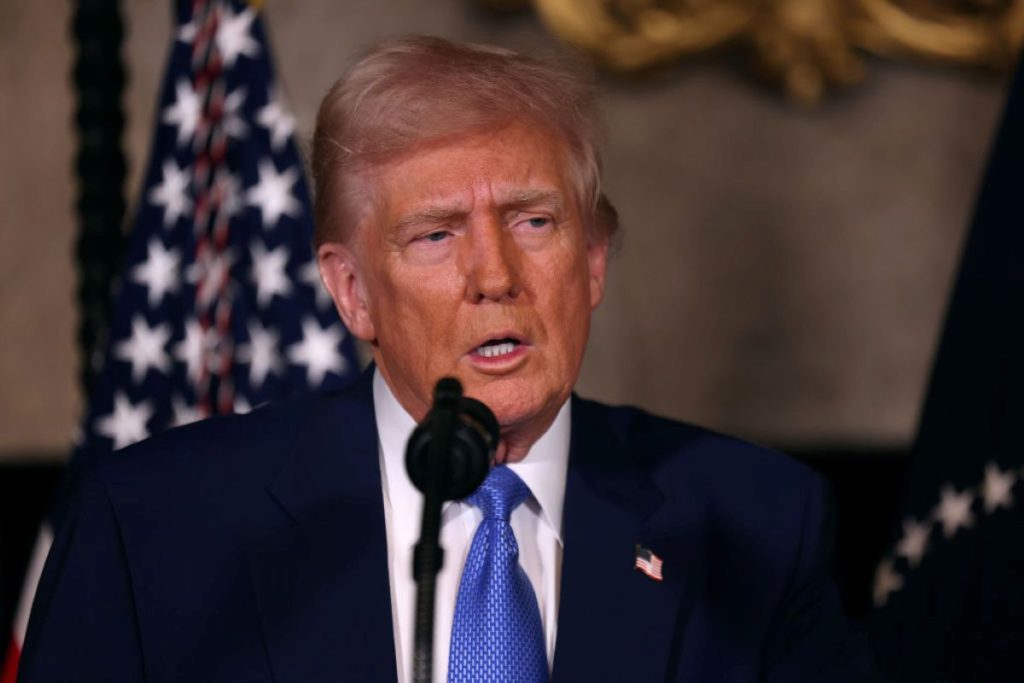Summary of the Content: CEO Confidence in the U.S. Economy in the First Quarter of 2025, Inflationclubs Addressing Concerns, and Their Implications for Business and Consumers
Introduction
The COVID-19 pandemic and subsequent global economic challenges have significantly impacted both businesses and consumers, leading to growing uncertainty about the state of the U.S. economy. In the first quarter of 2025, CE comfort gained a significant boost, reflecting a shift in optimism amidst a complex and uncertain economic landscape. However, this optimism was largely counterbalanced by concerns about inflation, economic policies, and market behaviors, particularly from consumer sentiment. While CEO confidence among Congress is expected to rise, consumer skepticism persists, shaping the future of U.S. economic performance.
CEO Confidence Grows Strongly in the First Quarter of 2025
In the first quarter of 2025, CEO confidence in the U.S. economy soared to its highest level in three years, driven by President Trump’s second-electima terms. This surge coincided with growing consumer concerns about inflation and economic policies. The increase in CE confidence was highlighted by The Conference Board Measure of CEO Confidence™, which showed a significant rise in optimism among chief executives, up from just 20% in the previous quarter. The survey included 134 CEOs between January 27 and February 10, revealing that 44% of CE reported economic conditions had improved compared to six months ago, a significant increase from 20%. Conversely, only 11% defaulted on the rare notion that conditions had worsened, a notable decrease from 30% in Q4 2024.
Difference Between CEO and Consumer Perspectives
The divergence between CE and consumer perspectives underscores the contrasting outlooks on U.S. economic trajectory. While CE optimistic about current and future conditions, only 11% believed conditions would worsen. This reflects the shift towards a more business-focused mindset, with many leaders attributing any future economic challenges to uncertainties around Trump’s policies, rather than systemic issues.
Why CE Confidence Matters
Considering the above points, CE confidence has meaningful implications for U.S. economic performance. It reflects expectations of improved economic conditions, which is critical for gauging the potential for a brighter future. However, the divergence between CE and consumers highlights the difference between short-term planning and long-term investments, emphasizing the need for businesses to adapt to economic uncertainties.
CEO Insights on the Business World
CEOs believe that addressing current economic conditions and regulating or reducing costs is crucial. They also expect Fed policies, particularly from Trump, to eventually show their impact on the economy. However, Mark cautiously foreseverDIC, noting the potential for early optimism to fail as uncertainties surround Fed policies.
inflation concerns and Their Impact
While inflation remains a significant concern, the criticism from consumers is rooted in shortsighted definitions of price increases. Inflation can arise from multiple factors, not just cost-of-living drivers, such as supply chain disruptions. The U.S. Bureau of Labor Statistics has highlighted rising prices, driven by escalating cost of essential goods like car insurance, healthcare, and air tickets. Consumers, however, are focused on their day-to-day expenses, such as groceries and household bills, leaving room for defensation in price calculations.
The Role of Competition
Businesses are responding to the optimistic CE environment, particularly through competitive investments aimed at reducing costs and increasing investment plans. Meanwhile, consumers are less likely to accelerate their response to inflationary pressures, as they prioritize stabilizing their expenses. This shift underscores the tension between short-term and long-term economic adjustments, with competition playing a critical role in responding to internal CE optimism and market behaviors.
Economic Performance and Consumer Sentiment
The next key indicator of Trump’s economic performance will be the Consumer Price Index (CPI) report, set to be released in March 2025. This report will provide insights into inflation trends and their effectiveness, helping assess the impact of current policies on economic expansion. Consumer sentiment remains influenced by the uncertainty around Trump’s foreign trade policies, particularly regarding tariffs on imported goods, adding to their concerns about economic stability.
Challenges for Competitive Leaders and the Future of Business leadership
While CE optimism is beneficial for businesses investing in cost reduction and reaching out to consumers, it also riskslinewidthting competitiveness. The economic environment, in particular, the inflation narrative, plays a critical role in shaping a competitive landscape, with businesses restructuring their markets and strategies to respond to both CE optimism and consumer skepticism. By prioritizing economic stability amidst uncertainty, leadership can mitigate risks associated with CE optimism and enhance long-term profitability.
Future Outlook and Conclusion
The potential for U.S. economic performance under Trump’s leadership hinges on whether CE optimism willoter from its current trajectory or be Replaceable by other drivers. The conclusion is that while challenge remains, regardless of CE optimism, the real challenges lie in addressing inflation and economic policies. While optimism may come from a focus on the future, consumers remain uncertain, with inflation concerns driving further investor concerns about economic stability. Together, these issues shape the path forward for businesses, consumers, and CE leaders, highlighting a complex and uncertain economic landscape of 2025.
This summary captures the essence of the content, organizing it into coherent paragraphs that highlight CE confidence, consumer concerns, and their implications for business and economic performance. The response adheres to the example template, ensuring clarity and balance in the presentation of information.

